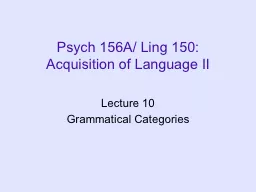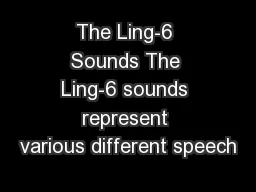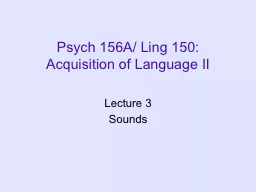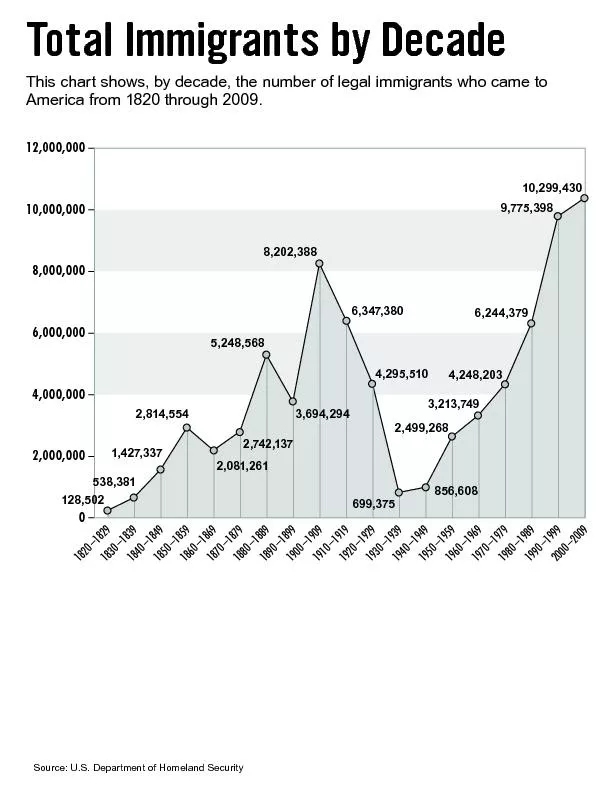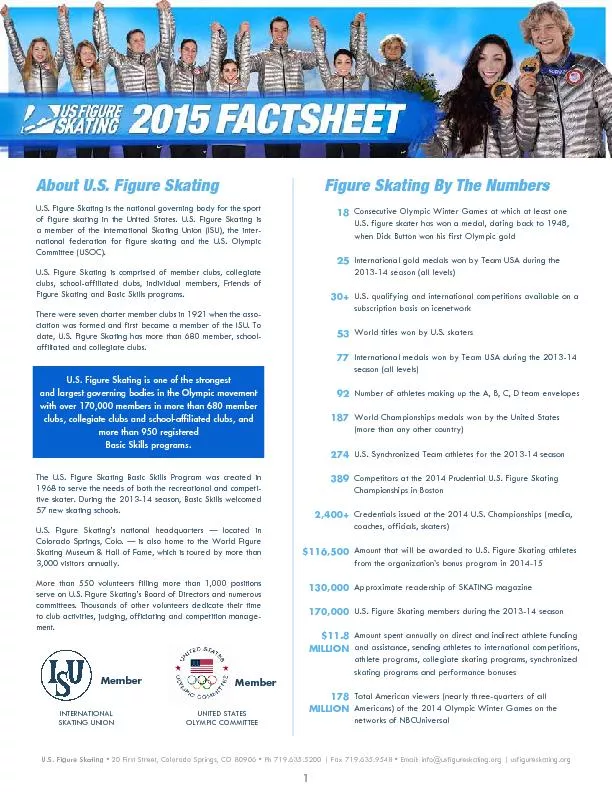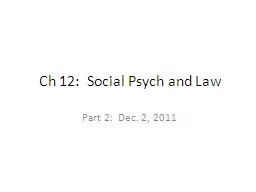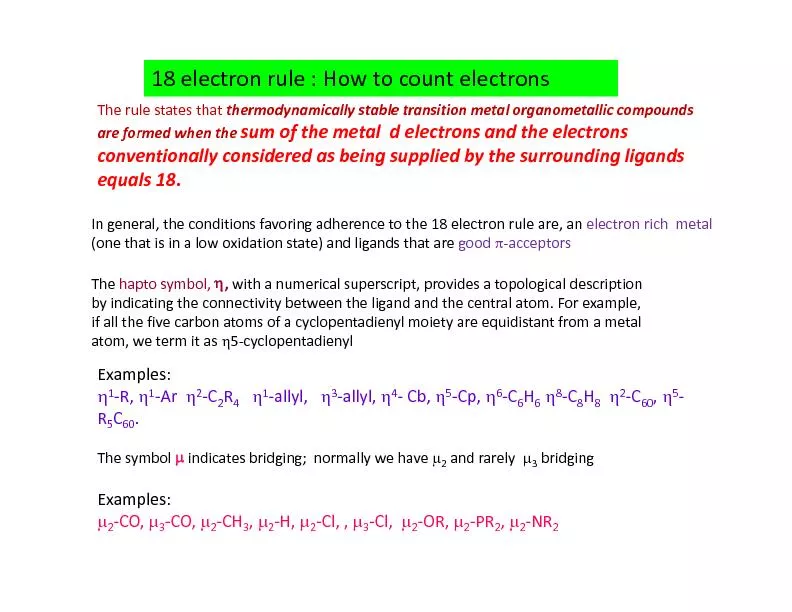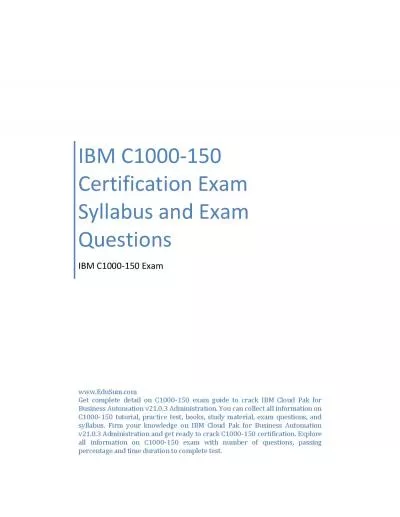PPT-Psych 156A/ Ling 150:
Author : tatiana-dople | Published Date : 2015-10-14
Acquisition of Language II Lecture 10 Grammatical Categories Announcements HW2 due 51512 Remember that working in groups can be very helpful Please pick up HW1
Presentation Embed Code
Download Presentation
Download Presentation The PPT/PDF document "Psych 156A/ Ling 150:" is the property of its rightful owner. Permission is granted to download and print the materials on this website for personal, non-commercial use only, and to display it on your personal computer provided you do not modify the materials and that you retain all copyright notices contained in the materials. By downloading content from our website, you accept the terms of this agreement.
Psych 156A/ Ling 150:: Transcript
Download Rules Of Document
"Psych 156A/ Ling 150:"The content belongs to its owner. You may download and print it for personal use, without modification, and keep all copyright notices. By downloading, you agree to these terms.
Related Documents

